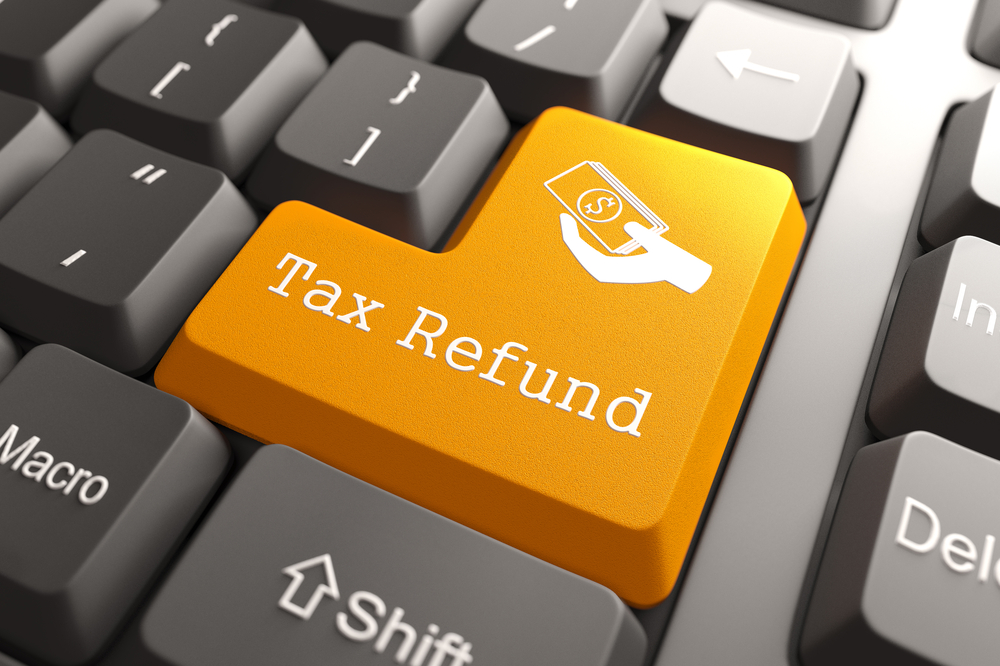Section 179 Vehicles: What to Know
The Section 179 tax deduction lets small businesses deduct the cost of qualifying equipment rather than depreciating the cost over several years. It...

On July 4, 2025, after months of lengthy meetings and negotiations, the One Big, Beautiful Bill Act (OBBB) was signed into law by President Trump. The legislation includes key provisions relating to the Section 179 tax deduction and bonus depreciation that you should become familiar with, especially if you are considering investing in new or used capital equipment for your business this year.
Huddle Business Capital reviewed the 900+ page One Big, Beautiful Bill Act, and this blog article provides a breakdown of the new updates made to the Section 179 tax deduction and bonus depreciation. These updates and information replace the Section 179 and bonus depreciation news we reported in January 2025.
One of the most significant updates to Section 179 is the notable increase in the deduction limit on eligible property, which includes a wide range of assets such as equipment, machinery, vehicles, software, and technology. With the passage of the One Big, Beautiful Bill Act, the Section 179 deduction limit has surged by 100%, rising from $1,250,000 to a new cap of $2,500,000.1
This enhancement enables businesses like yours to take greater advantage of immediate tax deduction, allowing you to invest more in essential tools and resources that support your growth and operational efficiency.
The One Big, Beautiful Bill Act also increased the phase-out threshold. In 2025, the threshold was set at $3,130,000,2 but the One Big, Beautiful Bill Act raised the threshold to $4,000,000,3 an increase of $870,000. This means your qualifying deductions will decrease dollar-for-dollar after the total amount of eligible property purchased or financed and placed into service after December 31, 2024, exceeds $4,000,000.4
Bonus depreciation is an additional first-year depreciation allowance on "first use" business property—it lets you recover the cost of qualifying property. In contrast, Section 179 enables you to expense the cost. Bonus depreciation can be combined with Section 179, so long as Section 179 is applied first.
As part of the One Big, Beautiful Bill Act, the first-year bonus depreciation rate increased from 40% to 100% for qualifying property placed in business use after January 19, 2025.5 Before the passage of the One Big, Beautiful Bill Act, bonus depreciation was 40% in 2025, and it was scheduled to drop to 20% in 2026. However, the legislation makes 100% bonus depreciation permanent,6 which is welcome news for business owners in 2025 and beyond.
Understanding the new provisions in the One Big, Beautiful Bill Act regarding capital equipment investing enables you to make strategic decisions that align with your financial goals while complying with current tax regulations. Ensure you're prepared for capital equipment investments by consulting with a tax professional who can guide you through these updates and help you leverage them for your business. In the meantime, use Huddle Business Capital's handy Section 179 tax deduction calculator to see estimated savings.
1, 3, 4, 5, 6 - https://www.lewisrice.com/publications/significant-tax-changes-in-the-one-big-beautiful-bill-act-what-you-need-to-know/
2 - https://rsmus.com/insights/services/business-tax/irs-releases-2025-tax-inflation-adjustments.html
Huddle Business Capital is not affiliated with nor endorses Lewis Rice LLC or RSM US LLP. This Huddle Business Capital blog article is purely educational and contains general information and opinions; it is not intended to provide advice or recommendations of any kind.

The Section 179 tax deduction lets small businesses deduct the cost of qualifying equipment rather than depreciating the cost over several years. It...

From accounting fees to office supplies to website design, there is a seemingly endless number of tax deductions available to small business owners....

Tangible business assets used in business operations for more than one year are classified as Section 1231 property by the Internal Revenue Service...